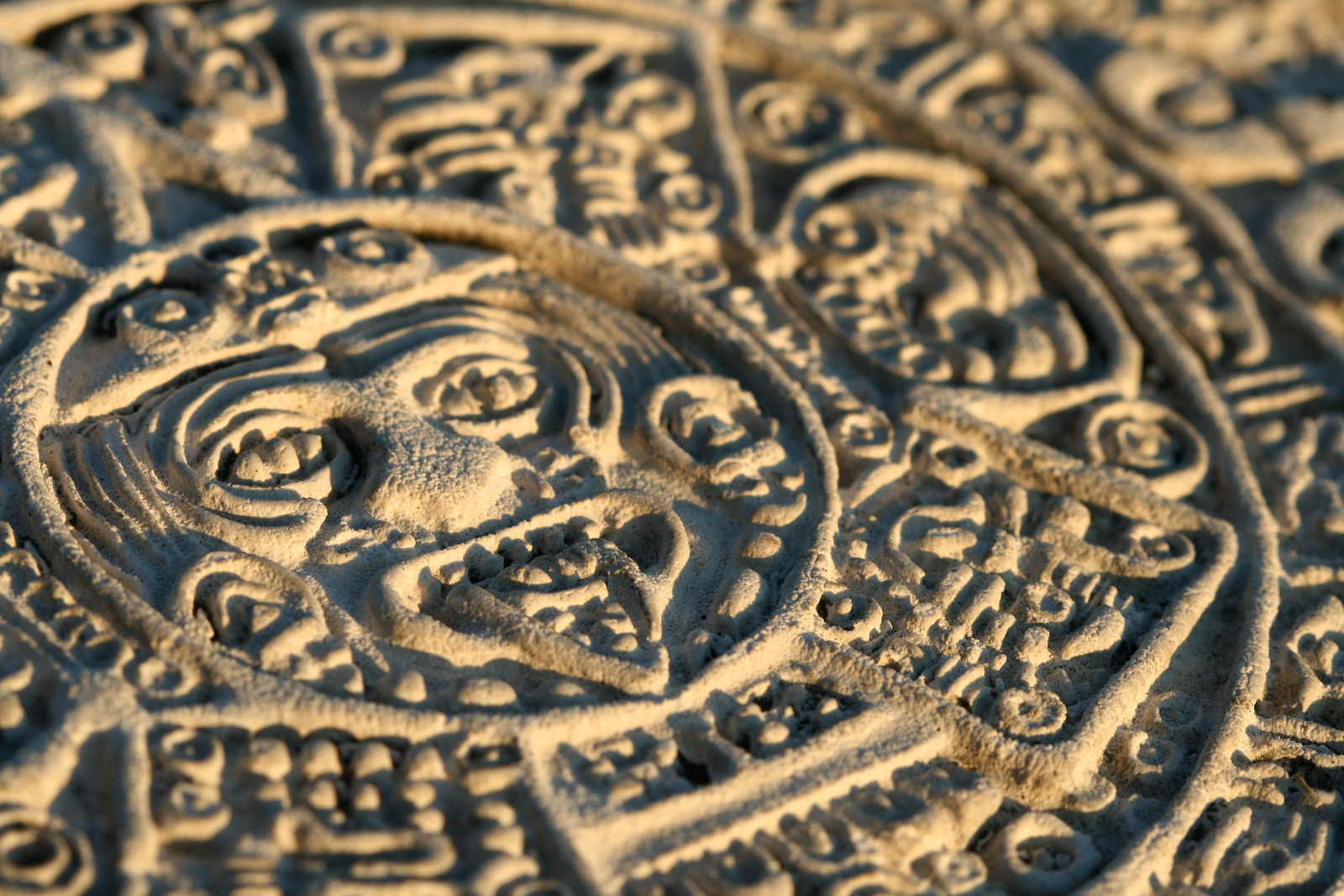Cycle Theory is an idea that’s been around for a very long time. It’s a pretty straightforward concept that applies to many aspects of life, and a way that humans have made sense of the universe for millennia.
In fact, we’ve been talking about cycles for thousands of years. The pre-Columbian Mayan calendar was based on cycles, the Hindu belief in reincarnation is a cycle that extends beyond this world, and the ancient Chinese believed that the Mandate of Heaven explained the cycles of a royal dynasty.
We see cycles everywhere. There’s the water cycle, which explains how rain falls from clouds to the earth and then eventually returns to the atmosphere. Economists explain the fluctuations of the stock market in terms of cycles. Scientists see cycles in the planet’s climate, historians see cycles in human civilizations, and theologians observe religious cycles. Cycle Theory has been applied to just about every social and historical concept there is, from world-power cycles to international-relations cycles to sociological and psychological cycles. Domestic abuse, for example, goes through cycles where tension builds, leading to violence, followed by forgiveness, a restoration of equilibrium…and then a repeat of the cycle. The cycle of poverty is evident when someone is born into a lower economic class, goes to an inferior school, has fewer opportunities, gets a poor-paying job, experiences bad health, and has children who repeat the same experiences; how to break that cycle is the subject of many books.
As you can see, what all these cycles have in common is that they form a circle that goes around and around. In other words, they are in constant motion, carried forward by a natural, inherent momentum. Furthermore, they’re not easy to change. That said, it’s fairly easy to learn to identify some obvious and definite transition points in these cycles, and when we see those transition points, we can better understand what’s going on. We realize we’re looking at a life cycle, and we can predict what will come next.
It’s a little harder to recognize that our businesses pass through repeating cycles too, probably because we’re so wrapped up in keeping them running, whether they’re in a rapid growth phase (what I call the Tornado) or in the subsequent and unavoidable Avalanche that follows the Tornado, a phase that brings shrinking margins and forced layoffs. But this cycle, the Business Storm Cycle, is fundamental. The ups and downs are normal and we can weather them only if we’re objective and clear-eyed about what phase of the cycle we are facing now. And no matter what you’re told by salespeople, technology alone won’t let you ride the Tornado to new heights or overcome the Avalanche’s fall. It takes a careful rebalancing of the three legs of the business triangle – people, processes, and technology – to strengthen your enterprise sufficiently to stand up to the storms.
Where is your business in the storm cycle? Take my assessment to find out.

